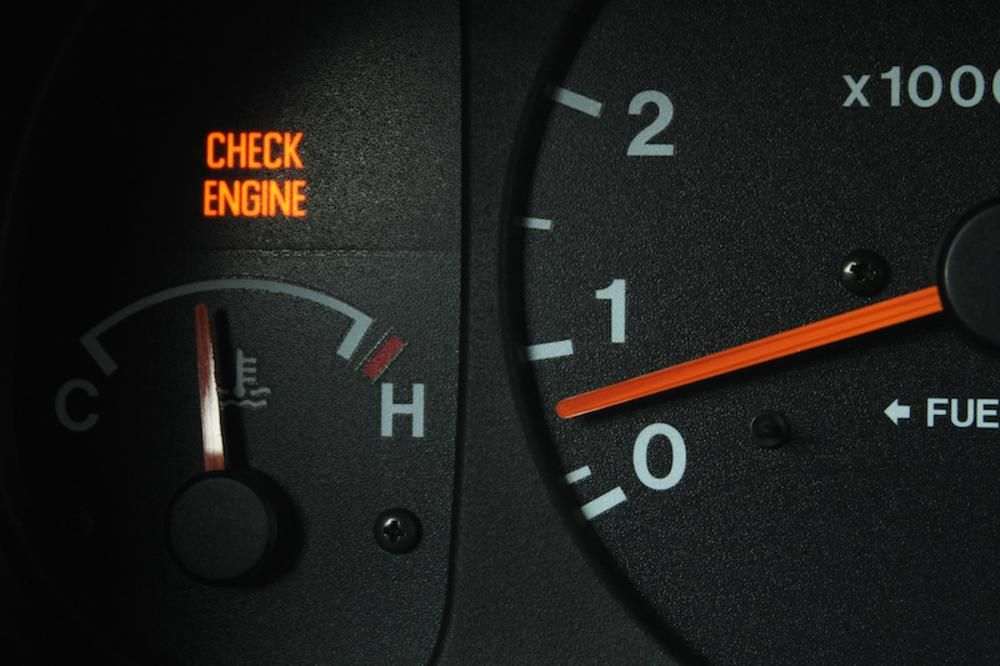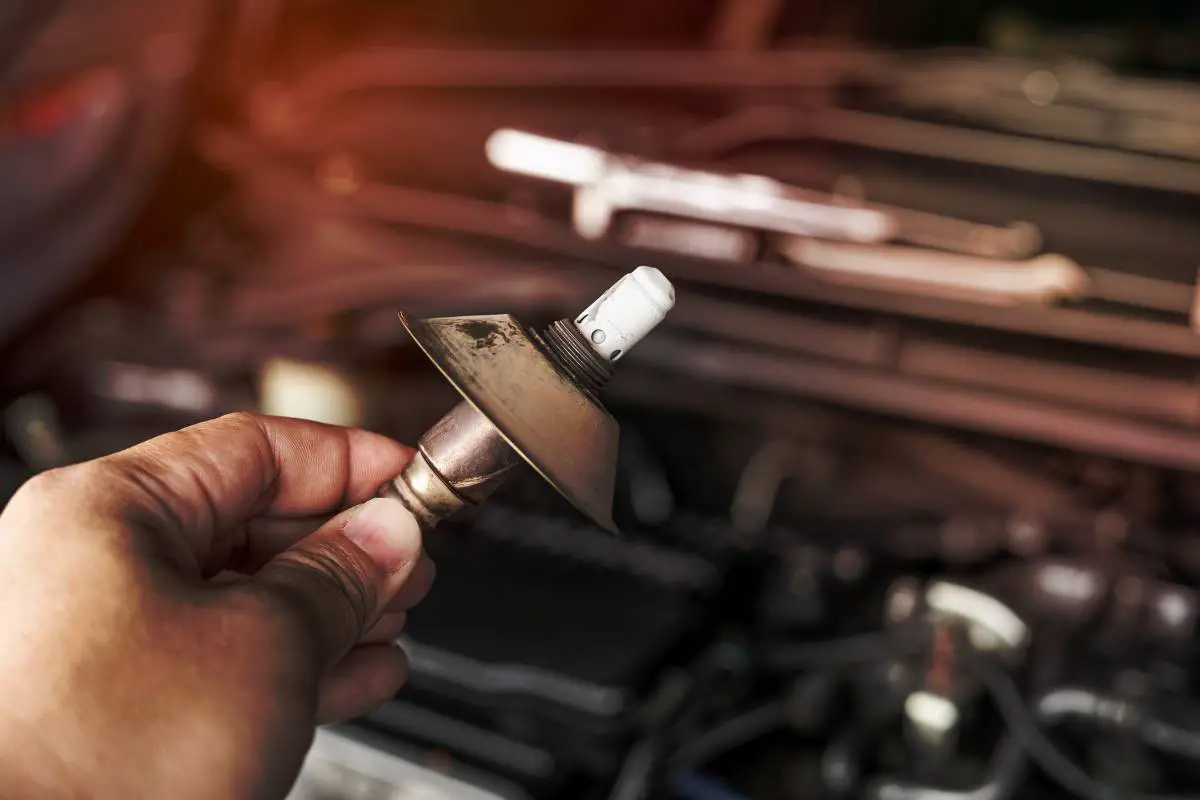Can a check engine light for O2 sensor turn off on its own?
If your car’s check engine light has ever illuminated, you’ve probably wondered what it means and if the problem will resolve itself. It could also be flashing, but this could be due to a variety of other factors.
The oxygen (O2) sensor is part of the vehicle’s emissions system, which can be indicated by the check engine light. The oxygen content of the exhaust gas is monitored by the O2 sensor, which then communicates this information to the engine control unit.
A malfunctioning oxygen sensor is a common cause of the “check engine” warning. The O2 sensor reports back to the car’s computer the percentage of oxygen found in the exhaust gas. The vehicle’s fuel economy and emissions can be negatively impacted if the O2 sensor malfunctions.
But there is always the possibility of another reason for the O2 sensor to activate. Let’s look into the possibility of other causes.

Why is the check engine light for O2 sensor coming on?
There is a problem with your car’s engine or emission system if the “check engine” light comes on. The O2 sensor measures the percentage of oxygen present in the exhaust gas, which the car’s ECU uses to determine the optimal air-fuel ratio. An oxygen sensor failure is one potential issue.
If the O2 sensor is malfunctioning, damaged, or unplugged, the computer will have to make educated guesses as to the fuel mixture, which could cause engine damage or increase pollution.
Leaks or damages in the exhaust system, a faulty catalytic converter, a missing or loose gas cap, and engine misfires or timing issues are also possible causes of an O2 sensor check engine light.

The O2 sensor warning light could also be on for these other reasons:
- The O2 sensor is malfunctioning or failing and providing inaccurate readings to the vehicle’s computer. The vehicle’s efficiency, emissions, and overall performance may all suffer as a result of this.
- The O2 sensor readings are skewed due to leaks or damage in the exhaust system. This may result in an excessively rich or lean fuel mixture.
- The O2 sensor is less effective due to the defective catalytic converter. Because of this, emissions may increase and the engine may be damaged.
- When the gas cap is off, broken, or missing, the fuel system loses pressure. The oxygen sensor may then signal a problem.
- The combustion process and exhaust gas oxygen level are affected by engine misfires or timing issues. The O2 sensor may send a computer error code.

Can the check engine light turn off by itself if the O2 sensor problem is resolved?
The fuel economy and emissions of a vehicle can be negatively affected by a faulty O2 sensor.
The check engine light might go out on its own if the issue is minor and temporary, but it’s still important to fix whatever’s causing it because it could be impacting your car’s performance or gas mileage.
If the issue that triggered the check engine light is minor and temporary, it may go away on its own. Forgetting to retighten the gas cap or a wiring problem with the sensor are both potential causes for the light to come on after a short while of driving.
But don’t think for a second that the issue is resolved or can be ignored just because this is the case. Your car’s performance and gas mileage may be impacted by the code that triggered the light, which will remain stored in the computer’s memory.

How to prevent the check engine light for O2 sensor from turning on in the first place?
There are different ways to prevent the check engine light for the O2 sensor from coming on, depending on the cause of the problem.
The best way to prevent major problems with your vehicle is to keep up with its routine maintenance and inspections. Use premium fuel and maintain your vehicle with regular oil changes and inspections. To help you avoid this in the future, consider these additional solutions:
- Putting in a new oxygen sensor or a fake oxygen sensor in place of the broken one. Due to potential impacts on the vehicle’s efficiency and emissions, this may not always be legal or recommended.
- Repairing the exhaust system if there are any leaks or cracks that could throw off the O2 sensor’s readings.
- Scanning for and erasing error codes from the car’s computer using an onboard diagnostics (OBD) reader. If the underlying problem is not fixed, this solution may only be a band-aid.
- Keep on driving until the warning light disappears on its own. This could occur if the issue is minor and unpredictable, like low brake fluid or timing issues. However, this is not a safe or dependable method, and it may actually be a sign of a much more serious issue.
Conclusion
Even if the O2 sensor warning light goes out on its own, you should still have it looked at. Pollution and environmental damage are both exacerbated by faulty O2 sensors, and it can be expensive to replace a catalytic converter that has been damaged in the process.
The warning light should not be disregarded if it comes on. Get your car checked out as soon as possible by a reliable mechanic. Taking preventative measures and fixing any problems as soon as possible will keep your car in top shape for years and save you money in the long run.

